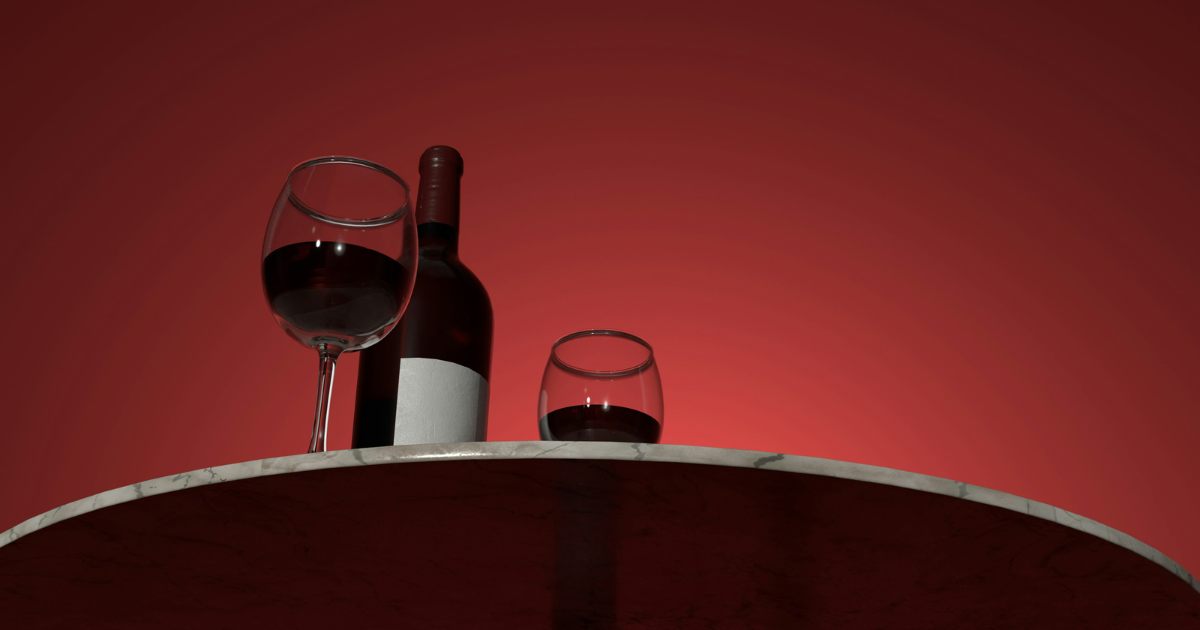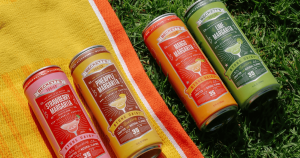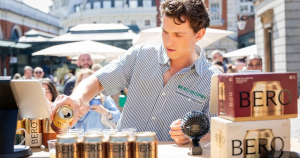The non-alcoholic beverage movement has long been associated with wellness trends, “sober curiosity,” and Gen Z’s shifting relationship to alcohol. In the West, that narrative still holds.
But in China, the world’s second-largest economy by GDP and the largest by purchasing power, the story sounds very different.
Here, non-alcoholic beverages are booming. But they’re not being poured into coupe glasses at rooftop yoga brunches. They’re being uncorked in banquet halls, passed around boardroom tables, and raised in toasts where drinking is expected, but intoxication isn’t an option.
And that difference may be the key to understanding how the non-alc category can grow in one of the world’s most influential consumer markets.
A Surge in Demand
China is witnessing an undeniable spike in interest. Imports of non-alcoholic beverages, including non-alc wine, surged 25.4% in Q1 2025 compared to the previous year, totaling over 70 million liters and $218 million USD in value.
On Alibaba’s Tmall platform, sales of non-alcoholic wine rose 120% in 2023. Analysts expect the category to top $275 million USD by year-end.
It’s not just noise, either. At this year’s China Food and Drinks Fair, all of Shenzhen-based Devofast’s on-site contracts were for non-alcoholic and sparkling wines. QingDao Long Vision Global is now shipping three full containers of non-alc wine a month.
Australian wine exporter Auswan Creek even launched an entire non-alc label, Blue Lobster, specifically for the Chinese market. This label is finally gaining national traction after years of regional struggle.
The East’s Unique Use Case
While the West’s non-alc boom is tied to health, mindfulness, and lifestyle shifts, China’s is rooted in tradition, social formality, and professional obligation.
Drinking remains a central pillar of Chinese business culture. It’s a way to seal deals, demonstrate respect, and build trust. Banquets often involve multiple rounds of toasts, where not raising a glass can feel like not showing up. For those who don’t want to drink—whether due to health issues, religious concerns, or simply low tolerance—non-alcoholic wine is a socially acceptable compromise.
As one executive put it: the goal is to “blend in.” “Most people choose non-alcoholic wine because they have to drive after the meal—not because they’re concerned about health,” explained Yu Hongjie, general manager of Long Vision Global.
This Market Has Different Rules
This dynamic creates a market with entirely different expectations (and constraints).
First, price sensitivity is extreme. Because non-alcoholic wine is seen more as a ceremonial accessory than a premium indulgence, anything priced above RMB 100 (roughly $13–14 USD) struggles to move.
The quality of the wine matters, but not in the same way it does in the West. Chinese consumers don’t want sugary grape juice. They want something that mimics the structure and mouthfeel of traditional wine, without being cloying.
It’s also interesting to note that, in China, taste is almost secondary to how it looks. In China, non-alcoholic wines are often purchased for their resemblance to the real thing, from the bottle shape to the label design.
Why Now?
Part of this rise is cultural, but part is also political. China’s central government is in the midst of a renewed austerity campaign, targeting “extravagant” behavior among officials.
In May 2025, new rules barred alcohol from official meals, banned decorative plants at conferences, and even replaced formal banquets with buffet-style gatherings. The move is both symbolic and strategic, an attempt to cut wasteful spending as tax revenues decline and public debt rises.
In this environment, non-alc becomes more than a personal or professional convenience. It becomes a political signal. Even China’s most famous liquor brand, Kweichow Moutai, swapped out its signature baijiu for blueberry juice at a shareholders’ meeting this spring, a shift that triggered a 2% drop in its share price, but earned praise from top officials.
How Non-Alc Brands Can Win in China
If Western brands want to make headway in China, they’ll need to rethink their playbook:
- Ditch the wellness pitch: Chinese consumers aren’t buying non-alc wine to feel better about themselves. They’re buying it to navigate complex social dynamics. Don’t sell on sobriety or health claims.
- Prioritize packaging: Appearance is everything. Brands that mimic traditional wine bottles, corks, and labels (and do so convincingly) have a much better chance of gaining traction.
- Hit the right price point: Products over $14 USD will struggle unless they’re backed by exceptional taste and branding. To compete, international brands may need to develop China-specific SKUs.
The future of non-alcoholic wine in China is bright, but it won’t be shaped by Western ideals of wellness or mindfulness. It will be shaped by ritual, etiquette, and the delicate art of keeping up appearances. For global brands, the opportunity is huge, but only if they understand the rules of the room.






